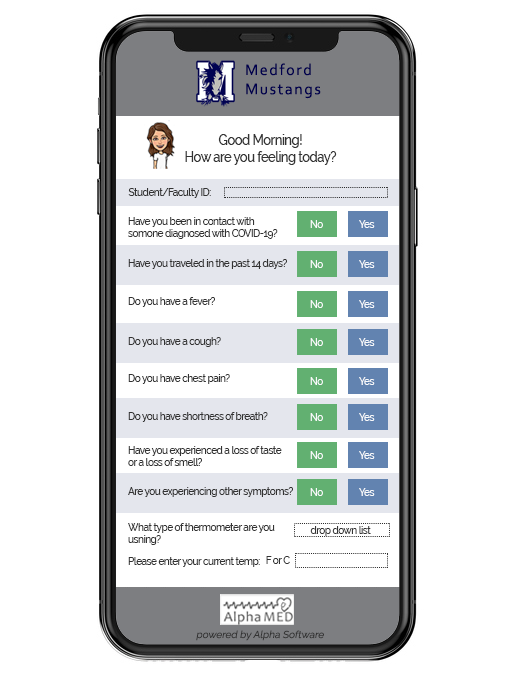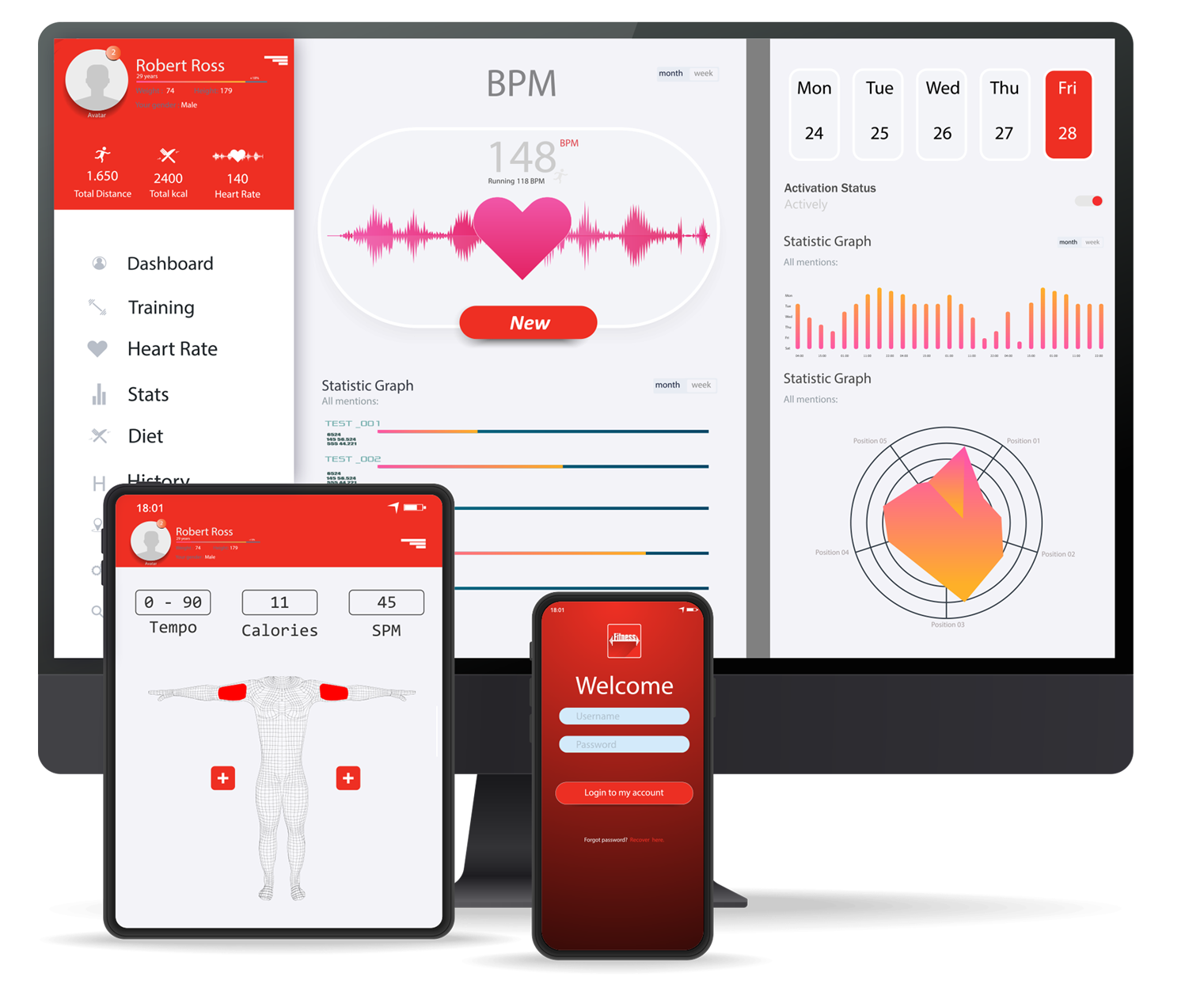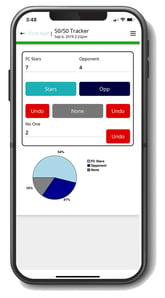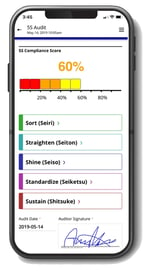With low-code becoming used in almost every industry, what can we expect in 2022?
Low-code development platforms are helping different-sized companies in a variety of industries succeed in digital transformation. Low-code is less costly than traditional development enabling enterprises with limited resources to keep up with software development demands.
Low-code’s visual development approach allows professional developers and business users to use components to build solutions. With the growing need for new applications, modernization, and fewer skilled developers, low-code is garnering interest from companies across the globe.
Forrester expects that the low-code market to represent 21 Billion by 2022. With low-code adoption growing, platforms have become essential to application development. So what is the future of low-code?
Low-code and no-code tools continue to take center stage for companies as the need for digital transformation increases.
Companies have realized that if they do not adopt advanced technologies, their competitors will. Once niche products, low-code platforms are now mainstream and an important tool for professional developers and business users.
The growing digital landscape increases the need for workflow automation. IT leaders see low-code as a way to accelerate app development and time-to-value. Low-code platforms abstract code, saving developers time and allow citizen developers to make valued contributions.
The spread of low-code platforms reduces the need for specialist code by already scarce enterprise developers. Gartner’s report predicts that developers will use multiple low-code tools depending on the task. Here are a few more ways how low-code will impact businesses.
Low-code platforms enable developers to improve their productivity. On most platforms, there is room to add bits of code to customize applications.
Rapid Application Development, also called low-code development, allows companies to build software solutions faster. Paulo Rosado, CEO of Outsystems, says that low-code is ten times faster than traditional development when developing applications.
Although low-code has encouraged the emergence of citizen developers, programmers are still hugely important. airSlate customer solutions director Colin Teubner says that low-code platforms won’t replace the work that developers do.

Low-Code platforms automate some of a developer's most tiresome tasks such as:
When developers use low-code platforms it may help them to think of new ideas or broader technical solutions. Low-code makes the developer’s role more valuable as they can produce a higher volume of solutions, quicker, and with fewer errors.
Here is what low-code could mean for developers:
Low-code and no-code platforms have plenty of room for a developer's expertise. Citizen developers can use no-code and low-code tools to accomplish different things. However, a skilled developer is needed to extend software solutions to systems without open APIs.
Developers who use low-code platforms find that it supports their work and opens up new possibilities. For example, because low-code allows them to produce a higher volume of solutions, they can focus on more complex projects such as:
Low-code has made app development accessible for non-technical employees, industries that are slow to modernize, and small-to-medium-sized businesses. Low-code has created equality of opportunity for people who lack technical knowledge or companies with limited resources.
Encouraging IT Departments and Employees to Innovate: Most IT departments that don't use low-code may struggle to stay on top of their work. Software development requests come from almost every department, increasing the development team's workload. With low-code tools, developers can build enterprise-grade solutions quicker.
Democratizing Development: Low-code/no-code platforms allow employees to build mobile apps and desktop solutions quicker within secure environments. Development teams then add custom code and test applications before deployment.


Who Are They For? Low-code and no-code platforms address the needs of different users. No-code tools are for employees without any coding background. For example, they allow project managers or designers to build applications without needing to write code. Low-code tools are primarily for citizen developers who have some technical knowledge.
How Low-Code/ No-Code Platforms Work: Both have visual development environments that enable users to drag-and-drop or point-and-click components to create desktop, web, or mobile apps. No-code platforms provide everything users need to start building, while low-code tools leave room for custom code.

According to Gartner, app development is a team sport and is not only the domain of IT departments. Growth in digital data, low-code application platforms, and AI have empowered non-technical teams’ contributions.
By 2024 business users will build 80% of a company’s software solutions. All business departments have seen the impact of advanced technology to accelerate business processes and serve customers effectively. Consumers have grown tired of a one-size-fits-all approach and demand personalized solutions.
The COVID-19 pandemic will continue to expand the need for use cases for tailor-made solutions. Gartner projects that by 2023, products and services that did not exist before the pandemic will generate $30 billion in revenue.
Forrester Research predicts that low-code platforms will account for 75% of app development by the end of 2021, an increase of 44% in 2020. They found that businesses that used low-code tools, digital automation systems, and collaborative project management adjusted quicker during the pandemic. Forrester Research predicts that more businesses will use low-code to build mission-critical apps and to update legacy systems.
Forrester Research forecast a 15% growth rate in the low-code market in 2021. They say that more businesses will use low-code platforms to improve user experience, automate processes, and upgrade systems. Gartner says that businesses will need to be open to free-flowing ideas from citizen developers, customers, or other sources.

Low-code platforms are dramatically different from those of a decade or even a year or two ago. The pandemic has forced companies to respond immediately to being submerged into a digital landscape.
Brad Freitag, CEO of Claris International, says that this reactive shift is changing. He predicts that from 2021 and beyond, businesses will re-evaluate their low-code solutions. So how will low-code platforms change in the future?
Some IT leaders say that low-code platforms increase shadow IT practices, which could lead to a security breach that developers must clean up. Freitag argues that modern low-code platforms provide quick customized development, are API-driven, and comply with security policies.

Be sure that the low code software platform you select fits the experience level of the people developing the apps.

Low-code enables IT teams to create high-quality applications quicker and at increased volumes. While IT used to struggle with communicating with non-technical leadership, low-code enables leaders to get involved with the development process. Low-code platforms handle most of a developer's busy work, freeing them up to focus on innovation.
SMBs to larger global companies from various industries: Construction, transportation, and government agencies have used low-code platforms to build solutions. A leading construction company used Alpha Anywhere to create a web and mobile application that saved them 50% in costs. An Australian-based IT consultant used Alpha Anywhere to build a solution for Australian emergency services, which improved response times.
Artificial Intelligence and Machine Learning will improve most software experiences. Unlike other software solutions, low-code is designed to adapt to an unknowable future. During the pandemic, companies using low-code adapted to an unprecedented scenario. No one can predict the business needs in the future, but low-code has demonstrated that it is an agile, flexible, and scalable solution.
Experts believe that low-code will expand business initiatives. Advancements made to low-code platforms will widen use cases and encourage more businesses to move their work to the cloud. Here are some examples from a recent SearchSoftware article.
Among low-code benefits is its flexibility. A wide variety of industries use low-code and no-code platforms to automate processes and workflows. Companies from retail to oil and gas use solutions to support digital transformation.
Alpha Anywhere and Alpha Transform enable remote workers to get projects done without needing a Wi-Fi signal. When employees work in or travel through areas with no internet, this functionality is invaluable.
Low-code platforms have immense potential in fintech as well as other hi-tech sectors. In fintech, there are constant regulatory changes and innovations. Fintech companies use low-code tools to build solutions with a faster turnaround. A leading payment solutions company created a series of payment-enabled mobile applications for clients using Alpha Anywhere.

Low-code is growing and changing the way businesses run and will operate in the future. Here are four predictions of how low-code is pushing the bar forward:
In 2022 and beyond, low-code will continue to make organizations operate more efficiently, and most businesses will view low-code platforms as an essential tool in their toolbox.
Gartner and Forrester Research predict that the low-code market will continue to grow through 2022 and beyond. Artificial Intelligence and Machine Learning have the potential to automate design choices and security testing. Citizen developers will continue to bring a business perspective to app development while professional developers will build innovative, complex solutions. Many reskilled professionals will fill development roles that didn't exist before, while the list of industries using low-code platforms will become more diverse.








You'll find Alpha Anywhere is the best low code development software for current and future mobile apps for business. We've made it easy to get started with Alpha Anywhere Community Edition, a full-featured and FREE low-code development environment. We have a team of experienced app designers and developers offering mentoring and tutorials on how to build low-code apps.
The Alpha platform is the only unified mobile and web app development and deployment environment with distinct “no-code” and “low-code” components. Using the Alpha TransForm no-code product, business users and developers can take full advantage of all the capabilities of the smartphone to turn any form into a mobile app in minutes, and power users can add advanced app functionality with Alpha TransForm's built-in programming language. IT developers can use the Alpha Anywhere low-code environment to develop complex web or mobile business apps from scratch, integrate data with existing systems of record and workflows (including data collected via Alpha TransForm), and add additional security or authentication requirements to protect corporate data.
Alpha Software Corporation, based in Massachusetts, produces award-winning software that speeds mobile and web app development and deployment for business and IT. The core technology includes two components. Alpha Anywhere®, a full-stack low-code app development platform for building and deploying web and mobile apps. In just hours, Alpha TransForm® turns complex paper forms into powerful mobile forms that speed data collection.
Alpha Software is an InfoWorld Technology of the Year award winner, and scores near-perfect reviews from customers on crowdsourced review sites.
Customers rate Alpha Software highly for its speed of development, flexibility, offline apps, rich feature set and ability to scale predictably. For more information, visit https://www.alphasoftware.com/